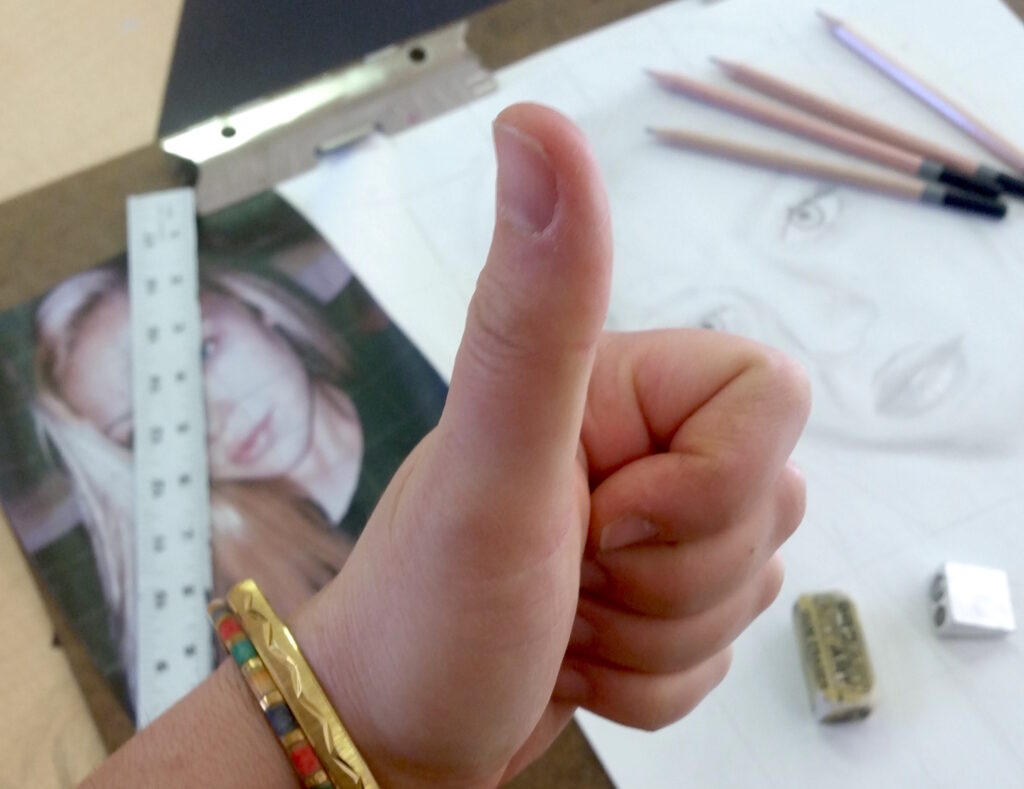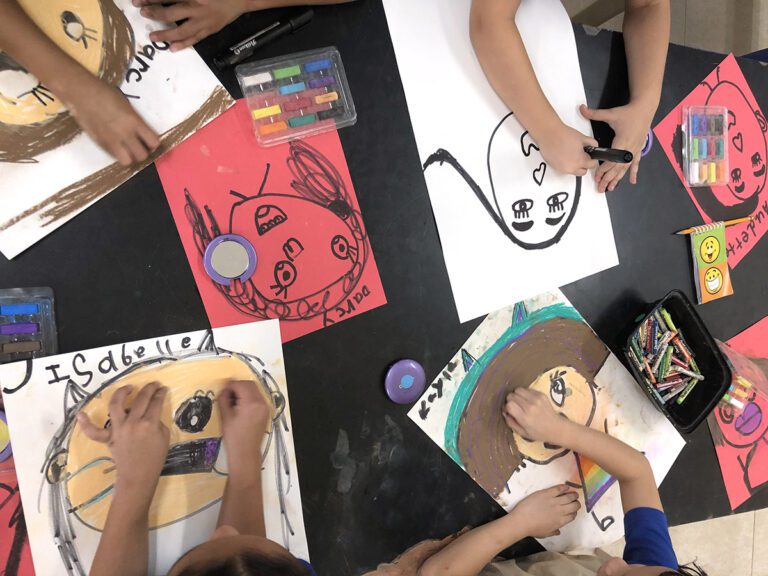The words we use with students have long-lasting power. They build or damage relationships and influence a child’s perception for years to come. The goal of feedback is to communicate information about learning. The trick is to make constructive feedback seem like a helpful hint, rather than criticism.
To give students feedback that will make them thrive, try the following tips.
1. Notice what is successful.
Always begin by noticing something successful and mentioning it. This does two great things: it works to build a positive relationship with the student and it starts your conversation off on a good note. Using this strategy will make students (and adults) more receptive to constructive criticism.

2. Be specific.
Using general language like “that looks great” or “it’s not done, yet” gives students almost no information about what they’re learning. Always describe the specific part of the work or skill for which you are providing feedback. Sample comments might include:
“I see that you’ve used all five levels of value in your work. Good job.”
“I like how you drew your image, but notice it’s missing some of the five values we practiced.”
3. Ask questions.
Asking questions about student work can lead to a more student-directed feedback conversation. To help students identify specific issues, start with questions like “What are you adding next?” or “Is your work finished?”. After you gauge where students are in their work process, you can create more specific questions. You might consider:
“Your drawing is beautiful, but it’s hard to see all the details from far away. What do you think might fix that?”
“This section of your painting has interesting colors and textures, but I notice the foreground doesn’t look as finished. What are you planning to do there?”
Asking open-ended questions makes the student your problem-solving partner and gives you an opportunity to model the thought process behind analyzing artwork.

4. Comment on effort.
Sometimes the most meaningful feedback isn’t about art, it’s about engagement or perseverance. Studies have shown that this type of feedback puts students in a “growth mindset” increasing learning and achievement. Phrases like the following can help students see hard work pays off.
“I appreciate that you are always willing to answer the questions I ask the class. Thank you for participating so often.”
“I noticed you working on making that shape correctly until you figured it out. Good work.”
Using this kind of feedback builds relationships, increases learning and teaches students how to think about work analytically.
If you’re interested in leaning more about meaningful feedback, join me at the 2016 Online Winter Conference where I’ll be speaking about how the right mindset can unlock students’ potential for growth and achievement. Learn how to make hard work the everyday norm in your classroom!
How do you give feedback to students in your classroom?
What are some examples of specific feedback you might provide?
Magazine articles and podcasts are opinions of professional education contributors and do not necessarily represent the position of the Art of Education University (AOEU) or its academic offerings. Contributors use terms in the way they are most often talked about in the scope of their educational experiences.





